”There was a time in this fair land when the railroad did not run
When the wild majestic mountains stood alone against the sun
Long before the white man and long before the wheel
When the green dark forest was too silent to be real” – Canadian Railroad Trilogy (Lightfoot) © Warner/Chappell Music
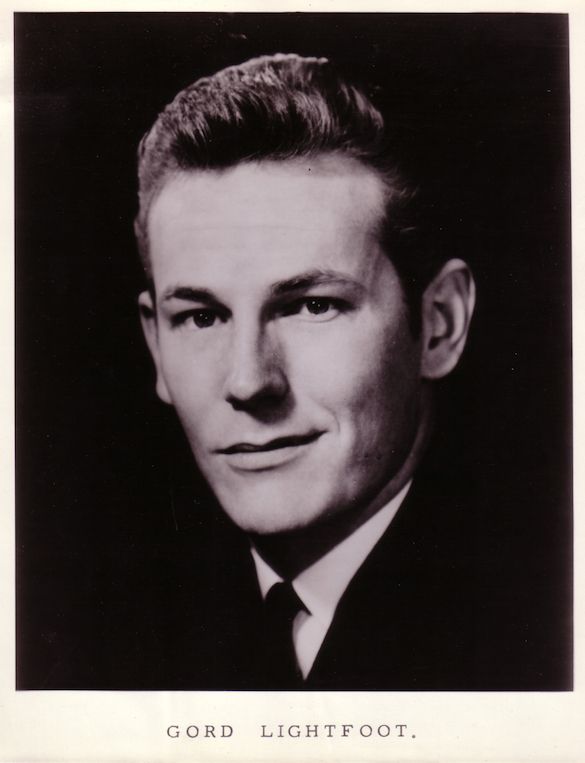
Gordon Meredith Lightfoot Jr. was born November 17, 1938, in Orillia, Ontario, Canada, to Gordon Lightfoot, Sr, and Jessie Vick Trill Lightfoot. Recognizing Gordon’s musical talent at an early age, his mother schooled him into a successful young singer, performing with various choral groups at local festivals. Winning a vocal competition at the age of twelve, he made his first performance at Massy Hall in Toronto.
In his teenage years, Lightfoot learned piano and taught himself how to play drums & percussion, as well as folk guitar. He has stated that a formative influence for him during this period was 19th-century American songwriter Stephen Foster. His athletic abilities as an accomplished track-and-field competitor, as well as his scholastic aptitude, helped him earn entrance to McGill University’s Schulich School of Music and the University of Toronto, Faculty of Music.
In his early 20s Lightfoot moved to California, where he spent two years studying jazz composition and orchestration at Hollywood’s Westlake College of Music. While there he supported himself by singing on demo recordings and writing, arranging, and producing commercial jingles. But missing Canada, Lightfoot returned to Toronto in 1960.

Pete Seeger 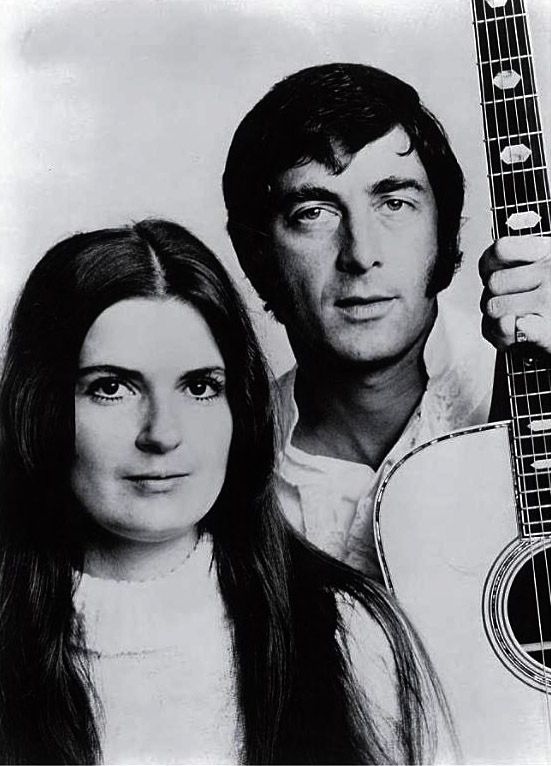
Ian and Sylvia 
The Weavers
Now influenced by the folk music of Pete Seeger, Bob Gibson, Ian and Sylvia Tyson, and The Weavers, Lightfoot began performing with various groups, soon making a name for himself on the Toronto folk music circuit.
Lightfoot traveled in Europe and the United Kingdom, where for one year he hosted BBC TV’s Country and Western Show. Returning to Canada in 1964, he began earning a reputation as a songwriter. Ian and Sylvia Tyson recorded Lightfoot’s tunes, “Early Morning Rain” and “For Lovin’ Me”; a year later both songs were recorded by Peter, Paul and Mary; other performers would eventually record one or both of these songs, including Elvis Presley, Chad & Jeremy, George Hamilton IV, The Clancy Brothers, and the Johnny Mann Singers.
In 1965 Lightfoot signed a management deal with Albert Grossman, who managed Bob Dylan, Peter Paul & Mary, as well as other notable folk acts. Also signing a recording deal with United Artists, he released his debut album, Lightfoot!, in 1966.

“For they looked in the future and what did they see
They saw an iron road runnin’ from th
Bringin’ the goods to a young growin’ land
All up from the seaports and into their hands” – Canadian Railroad Trilogy (Lightfoot)

To kick off the celebration of Canada’s centennial year, the Canadian Broadcasting Corporation commissioned Gordon Lightfoot to write “Canadian Railroad Trilogy”, as part of a special broadcast scheduled for January 1, 1967. The song, written over a period of three days, describes the building of the Canadian Pacific Railway in the early 1880s.

The Canadian Pacific Railway was incorporated in 1881. It was Canada’s first transcontinental railroad. Built between 1881 and 1885, it connected eastern Canada with British Columbia. Now primarily a freight hauling railway, it was for decades the only reliable means of passenger travel to remote areas of Canada’s western provinces, and played a significant role in the development of that region.
Lightfoot’s song documents the ambitions and optimism of a young nation, eager to connect its individual provinces with a means to flourish with the anticipated prosperity of a dawning industrial age. He sings of a vast majestic and verdant land, soon to be tamed by men with steel hammers; soon to be bound by iron rails. The song was written with three distinct sections: a slow & poignant middle section, framed by more strident & faster-paced sections at the beginning & end. Mimicking a locomotive as it slowly builds up a head of steam, the first section of the song gradually increases in tempo. Once again, after the measured pace of the middle section, the locomotive gains steam as it highballs toward the song’s reflective finale.
Of his now classic composition, Lightfoot has remarked: I played it for the CBC guy live at his desk before I recorded it. This was part of a two-hour special that was played on New Year’s afternoon. I got the idea to write it long from a mentor of mine named Bob Gibson, who is a major figure in the folk revival. He had written a song called “Civil War Trilogy,” which had a slow part in the middle, and I followed that pattern. Without a piece of input like that, I probably wouldn’t have been able to approach the song on that basis. The song says a lot. Canadian author Pierre Berton said to me, “You know, Gord, you said as much in that song as I said in my book [about the building of the railroad across Canada].” I appreciated the compliment.
Lightfoot has also mentioned a list of about nine of his songs which he always includes in his live performances, with “Canadian Railroad Trilogy” being among those songs.
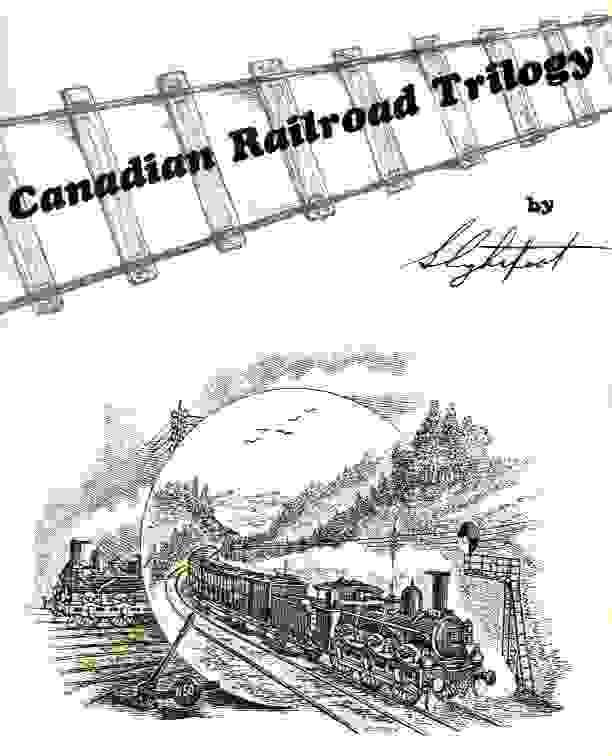
When I asked my older brother Randy – the most avid Gordon Lightfoot fan I know – for some insights about “Trilogy”, he remarked on Gordon’s storytelling style of songwriting. This led me to reflect on the bards of yore, whose fame originated from their tradition of oral storytelling, the ability to recount epic tales poetically in rhythm & rhyme as an intrinsic element of their societal culture. This is a songwriting style that Gordon Lightfoot has mastered, and inspired in others. Several years ago I set about writing a song to tell the story of a Civil War train wreck, and immediately I considered how Lightfoot, in his own song, had recounted the story of the shipwreck of the SS Edmund Fitzgerald; certainly a model worth referencing.
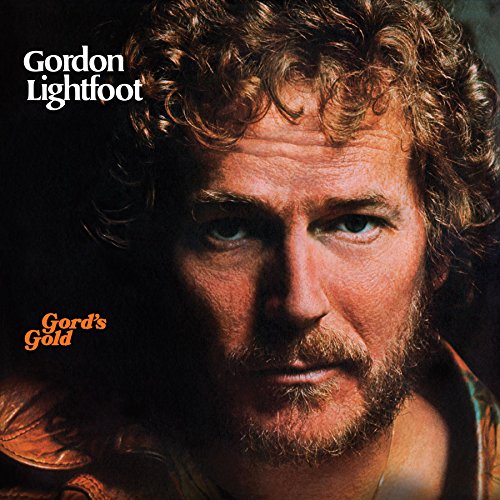
Gordon Lightfoot rerecorded “Canadian Railroad Trilogy” with full orchestration for his 1975 compilation album, Gord’s Gold; live versions appear on two of his live album releases. The song has been covered by John Mellencamp and George Hamilton IV, among others, with James Keelaghan performing the song on the Lightfoot tribute album, Beautiful. In an interview with The Telegraph, Lightfoot indicated that upon meeting Queen Elizabeth II, she had told him how much she enjoyed the song.
“Drivin’ ’em in and tyin’ ’em down
Away to the bunkhouse and into the town
A dollar a day and a place for my head
A drink to the livin’ and a toast to the dead” – Canadian Railroad Trilogy
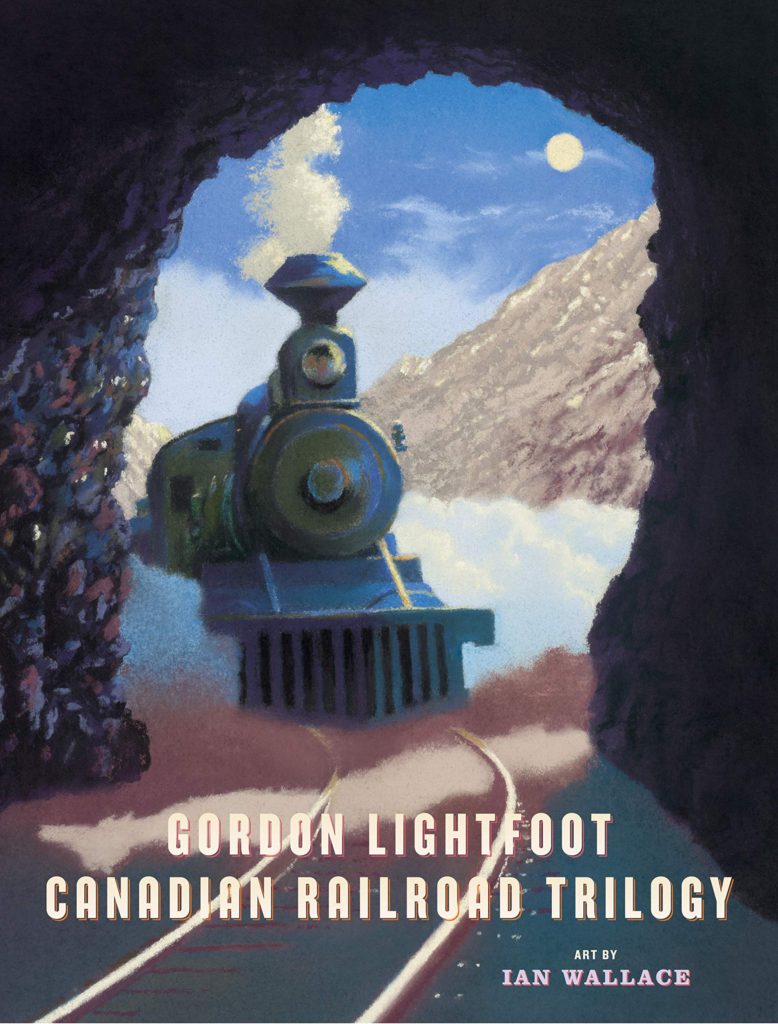
While compiling material for this post I listened to “Canadian Railroad Trilogy” on YouTube numerous times. As I scrolled through the comments that had been posted there I was struck by the impact this song has had on many listeners and felt compelled to include a few:
Strapper Nick – I’m sure this tune has extra special meaning to Gordon’s fellow native Canadians, but I’m an American who loves it just as much. It’s my favorite Lightfoot song and I never tire of listening to it. It just stays in my head.
David Nyro – I’m not Canadian but the very moment I heard this song, a young man in college, it touched my soul. Yes, it’s proudly Canadian, but I think it’s universal. It touches on the mythic and the yearning of any new country.
Craig Perry – History never sounded so good and interesting until sung by Gord !
Jerry – I NEVER get tired of this incredible classic!!!
“Oh the song of the future has been sung
All the battles have been won
O’er the mountain tops, we stand
All the world at our command
We have opened up the soil
With our teardrops and our toil” – Canadian Railroad Trilogy
Sources:
https://en.wikipedia.org/wiki/Canadian_Railroad_Trilogy
http://gordonlightfoot.com/songbookcommentsabouthissongs.shtml
https://en.wikipedia.org/wiki/Gordon_Lightfoot
https://en.wikipedia.org/wiki/Canadian_Pacific_Railway
All photos sourced through internet searches, none belong to the author.

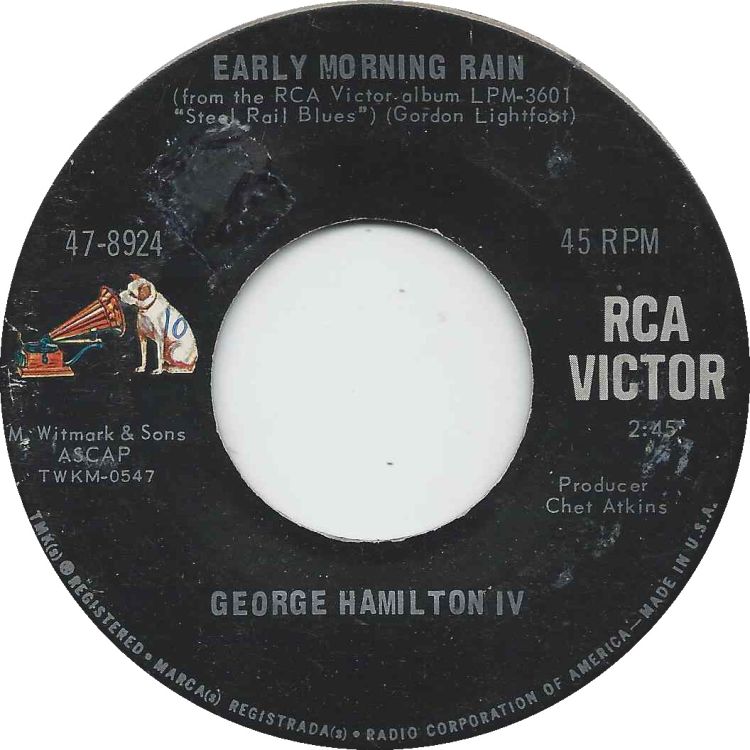
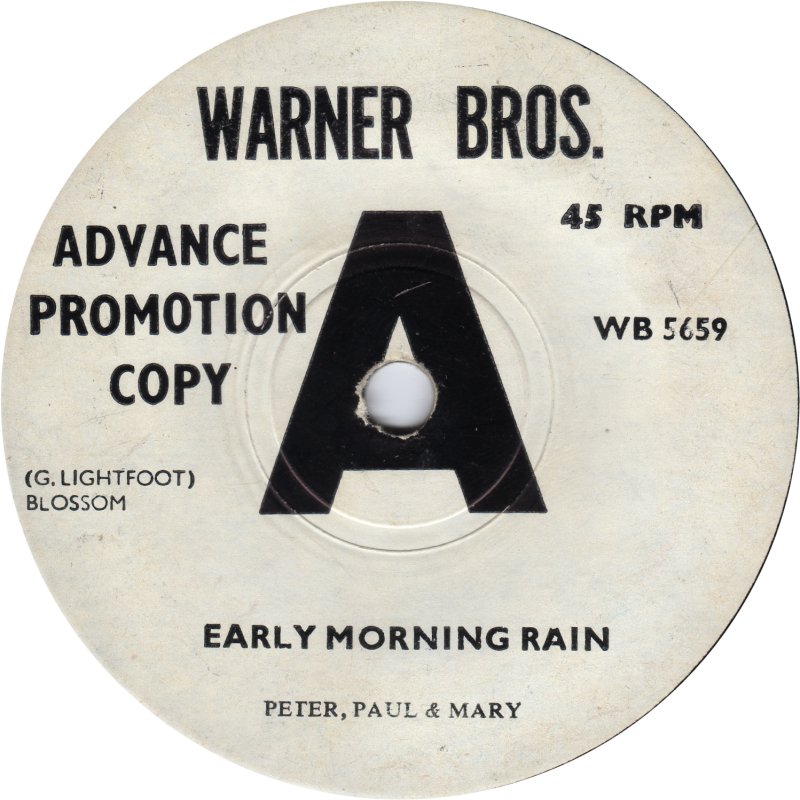
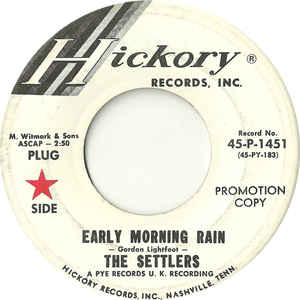
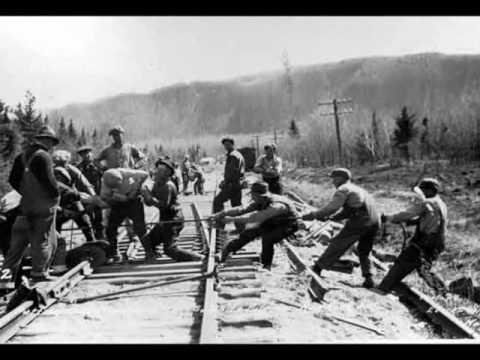

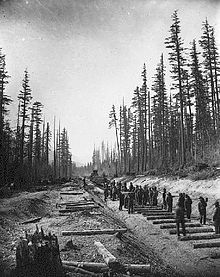
Cool story on LIghtfoot… Thanks for the research you put into it along with the soul !!
A drink to the livin’ and a toast to the dead 🙂
Good information. I previousally to spend alot of my time sailing and watching sports. It was probably the most memorable time of my past and your info kind of brought back me of that time. Thanks